Does durian follow dragon fruit?
China is currently the world's largest consumer of durian, with annual imports exceeding 1.4 million tons. To meet domestic demand, the country has experimented with durian cultivation since the 1950s, but it was not until 2019 that large-scale durian cultivation really took off on Hainan Island.
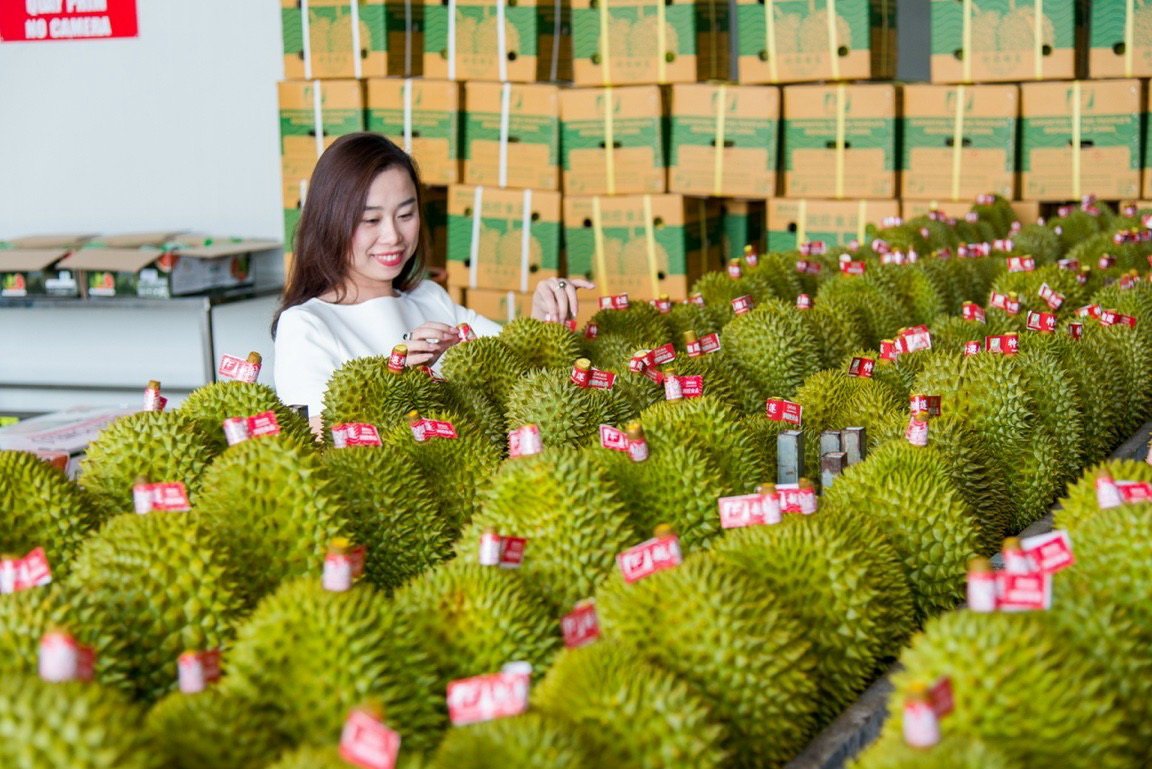
Vietnamese durian has the advantage of being harvested year round.
According to published information, the current durian growing area in Hainan is nearly 2,700 hectares, mainly concentrated in the southern regions such as Sanya, Baoding, Luodong and Lingshui. This year, it is estimated that about 270 hectares of durian trees will be harvested, with an expected output of 150 - 200 tons. The durian harvest season in Hainan lasts from June to August, with the peak coming in July.
China's growing of durian to meet domestic demand has raised some opinions that countries exporting this billion-dollar fruit may be affected and durian may, like dragon fruit before it, experience a serious decline in production when China became self-sufficient in previous years. Talking to Thanh Nien reporter, Mr. Dang Phuc Nguyen, General Secretary of the Vietnam Fruit and Vegetable Association, analyzed: "Dragon fruit is very different from durian. Dragon fruit is a short-term fruit tree, easily adaptable to many types of soil and climate. But China has to spend 20 years of research and experimental planting to produce dragon fruit on a large scale. Meanwhile, durian is a tropical tree, and China's climate is completely unsuitable. Currently, China has only planted a few thousand acres (1 Chinese acre is 666.67 m2 - PV) on Hainan Island, which is a place where storms often occur, and the weather is not favorable for growing durian. Compared to dragon fruit, durian is much more difficult to grow, and it is not easy to produce on a large scale in China".
Mr. Nguyen Van Muoi, representative of the Vietnam Gardening Association (southern region), also commented: "Although the planting area and productivity of durian in China are increasing, it is still not enough to significantly affect the durian export of other countries, including Vietnam. China's annual durian consumption demand is approximately 1.5 million tons, and Thailand, Vietnam, Malaysia, etc. are not enough to meet it. Therefore, China's expected harvest this year of about 250 tons is nothing, not to mention whether the durian quality meets standards or not."
According to Mr. Nguyen Van Muoi, in the first durian crop harvested in China in 2023, both the yield and quality were not as expected. This year, the expected harvest is 250 tons, Hainan is planning to organize forums and seminars on durian products to promote. However, with limited output, it is difficult to affect traditional durian producing countries such as Thailand or Vietnam.
More attention should be paid to quality.
According to Thanh Nien , the domestic and export durian consumption market in Vietnam is currently very vibrant, with durian prices stable in the Southwest, Southeast and Central Highlands regions. In the Southeast and Southwest regions, the prices of selected Thai durian and Thai durian bought in bulk are fluctuating between 84,000 - 87,000 VND/kg and 64,000 - 67,000 VND/kg, respectively. At the same time, the prices of Ri6 durian are also stable between 60,000 - 62,000 VND/kg; Ri6 durian bought in bulk is priced at around 48,000 - 50,000 VND/kg. Meanwhile, the retail price of durian in the domestic market is more than 100,000 VND/kg. For many families, durian is still a luxury fruit. Many low-income households cannot afford to eat durian freely, so the market space is still very large.
A survey of growers in Vietnam also shows quite optimistic sentiment. Preparing to plant durian trees in Xuan Loc District (Dong Nai), Mr. Nguyen Minh Thuan, 46 years old, said: "Many durian growers say that this tree is very difficult to grow, even in Vietnam, the success rate is not 100%. Therefore, China is a cold country, so even if you grow durian, it is not a concern. As for the domestic market, the output is very large, if you do not sell fresh fruit, you can freeze it to eat cold, you can separate the segments to cook sweet soup, or grind it into flour to make cakes... I have just started growing it now, but in a few years, I will not worry about the output."
The Vietnam Fruit and Vegetable Association affirmed that Vietnamese durian is harvested year-round, creating a competitive advantage for Vietnamese businesses. After the harvest in the southeastern provinces, durian in the Central Highlands will enter the main season from August. This year, the competition to buy raw materials for export may repeat itself like last year, and durian prices may be pushed up 2-3 times compared to current prices. Mr. Dang Phuc Nguyen also expressed optimism: "Vietnam has a geographical advantage, and can harvest durian all year round, so China's research on growing durian has not caused any significant concerns. If they can produce it, with the harsh conditions on Hainan Island, the cost will certainly be higher than other countries. Even the current number 1 durian powerhouse, Thailand, is feeling the pressure to compete with Vietnam in the Chinese market, so they are shifting and expanding to other markets for consumption."
In a new development, a representative of the Vietnam Fruit and Vegetable Association informed that the Protocol on official export of frozen durian to China is being promoted by all parties and may be officially announced in the near future. Every year, China spends about 1 billion USD to import frozen durian. If Vietnam can officially export this product with a market share of about 30%, it will bring in a turnover of about 300 - 500 million USD, accounting for about 10% of the expected durian export turnover this year.
Talking about the current risks to Vietnamese durian, agricultural experts all agree that production and quality assurance are the first things that need to be concerned about to maintain the market and increase competition. As for output, there is nothing to worry about.
The rise of durian has led to an increase in the selling price of other agricultural products such as coffee, pepper, etc. According to the Department of Crop Production, the profit from durian is currently the highest among all crops, so when people switch to growing durian, the output of coffee and pepper will also decrease, contributing to increasing the selling price and farmers will benefit more.
Source: https://thanhnien.vn/thuc-day-xuat-khau-chinh-ngach-sau-rieng-dong-lanh-sang-trung-quoc-185240626220724501.htm



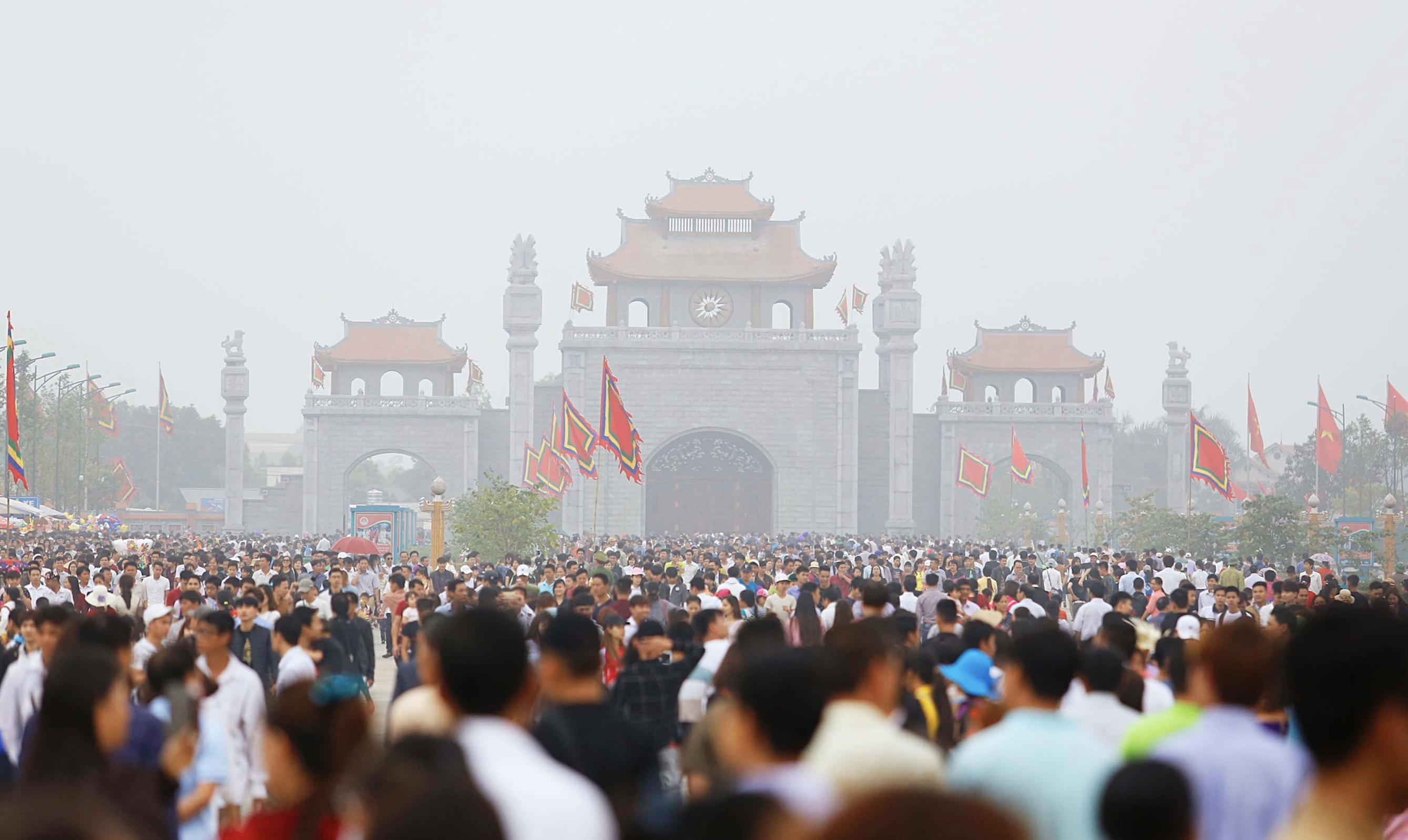
![[Photo] Special relics at the Vietnam Military History Museum associated with the heroic April 30th](https://vstatic.vietnam.vn/vietnam/resource/IMAGE/2025/4/3/a49d65b17b804e398de42bc2caba8368)
![[Photo] General Secretary To Lam receives Japanese Ambassador to Vietnam Ito Naoki](https://vstatic.vietnam.vn/vietnam/resource/IMAGE/2025/4/3/3a5d233bc09d4928ac9bfed97674be98)
![[Photo] Moment of love: Myanmar people are moved to thank Vietnamese soldiers](https://vstatic.vietnam.vn/vietnam/resource/IMAGE/2025/4/3/9b2e07196eb14aa5aacb1bc9e067ae6f)














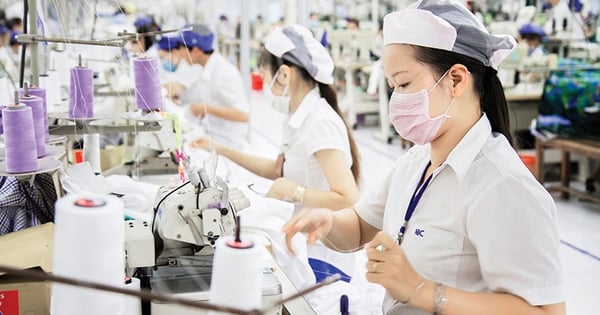
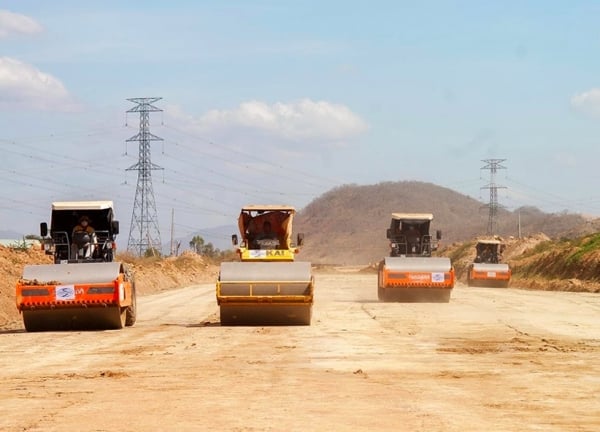








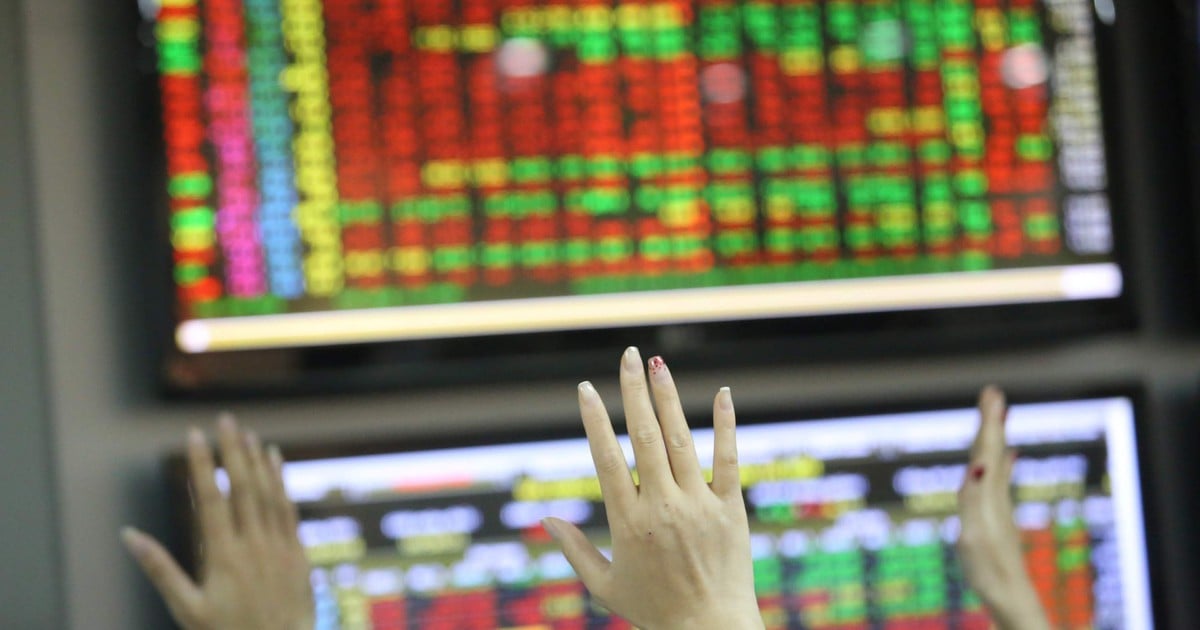



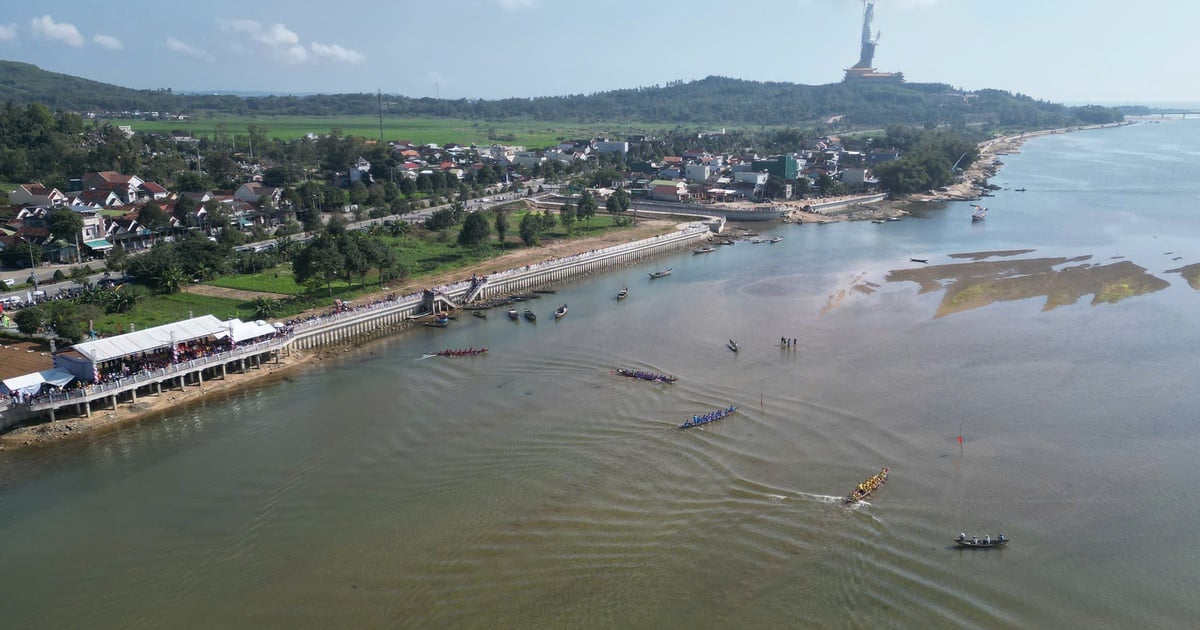

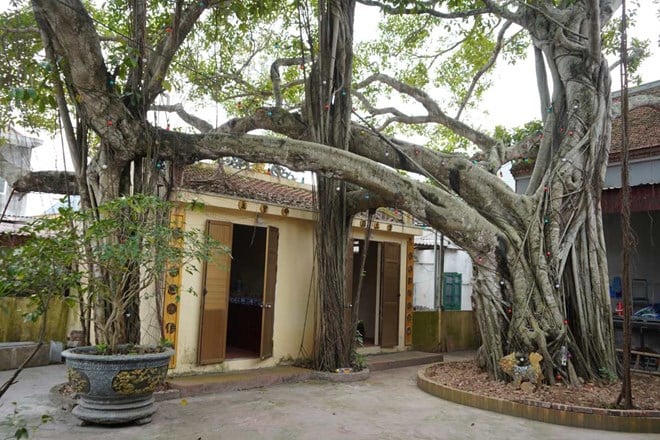
























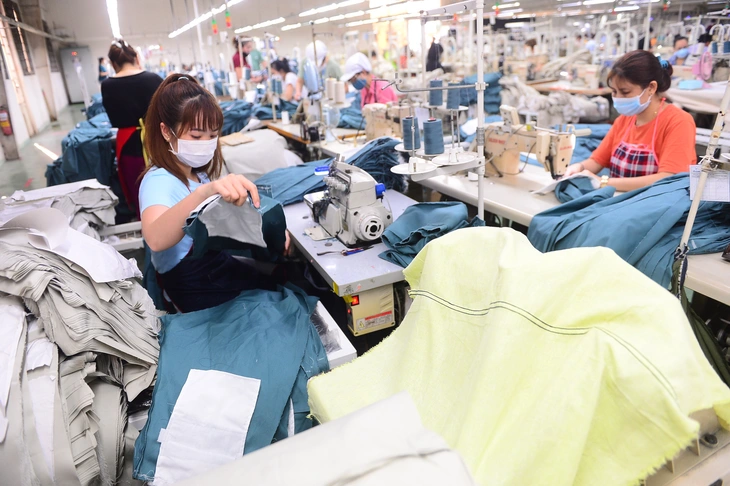
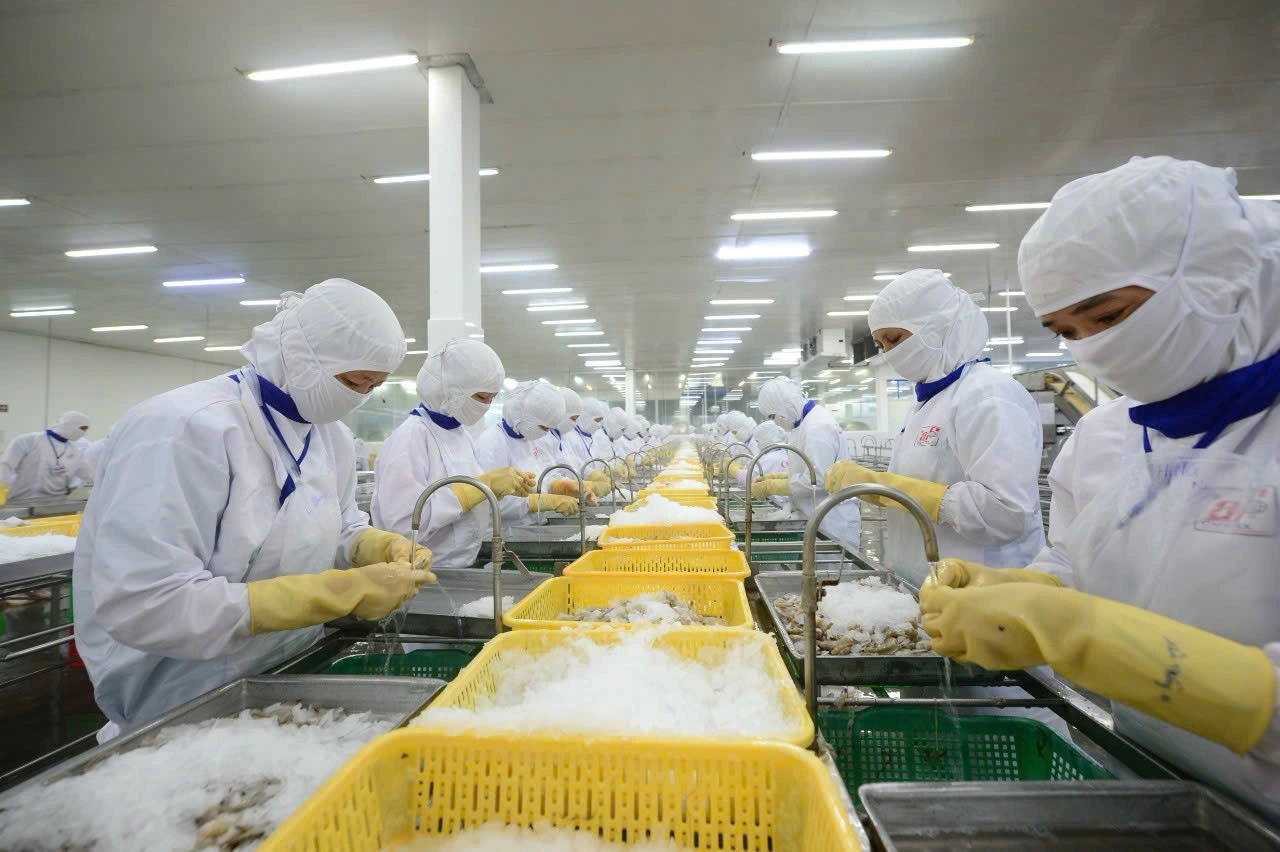

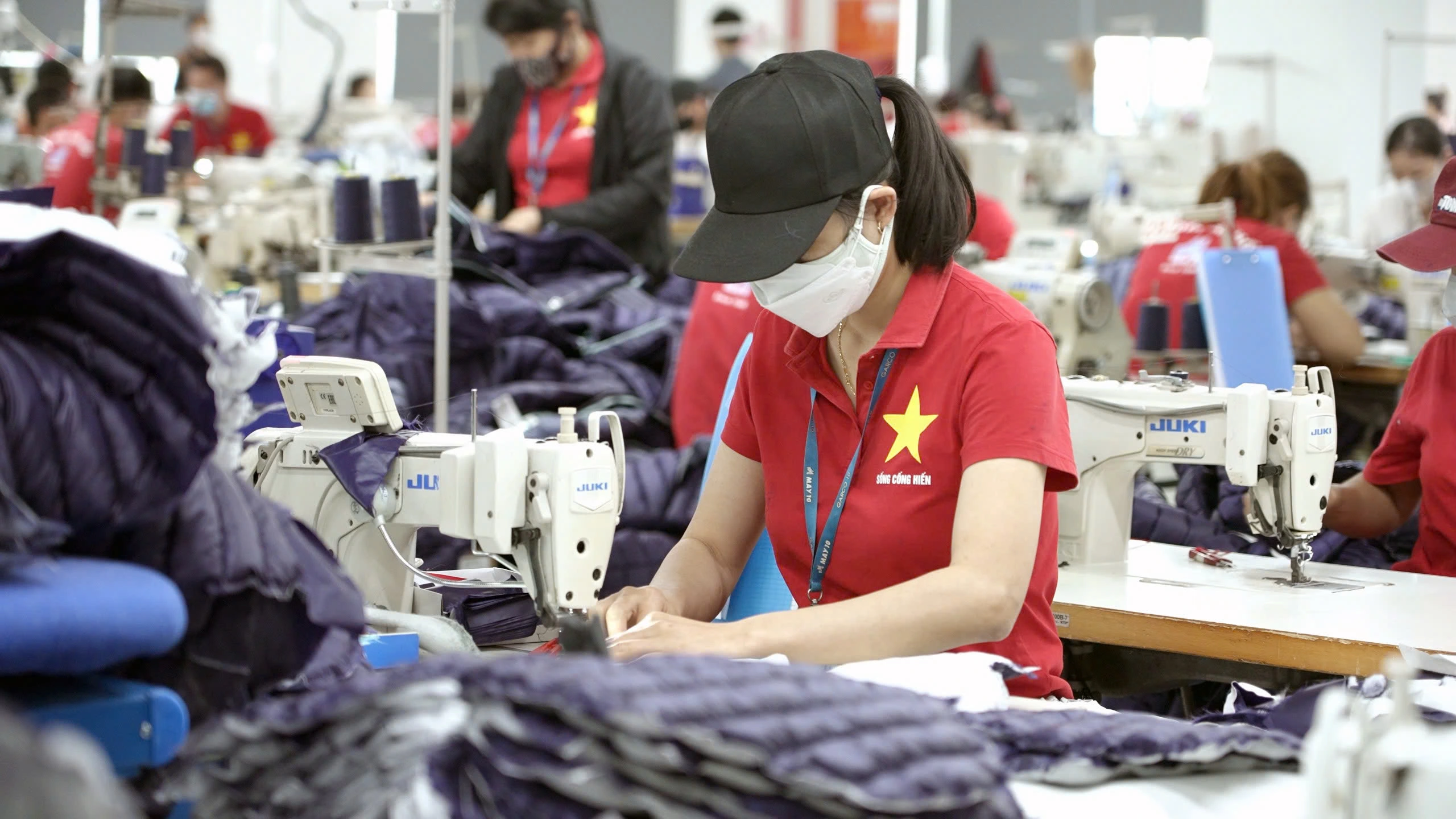





























Comment (0)